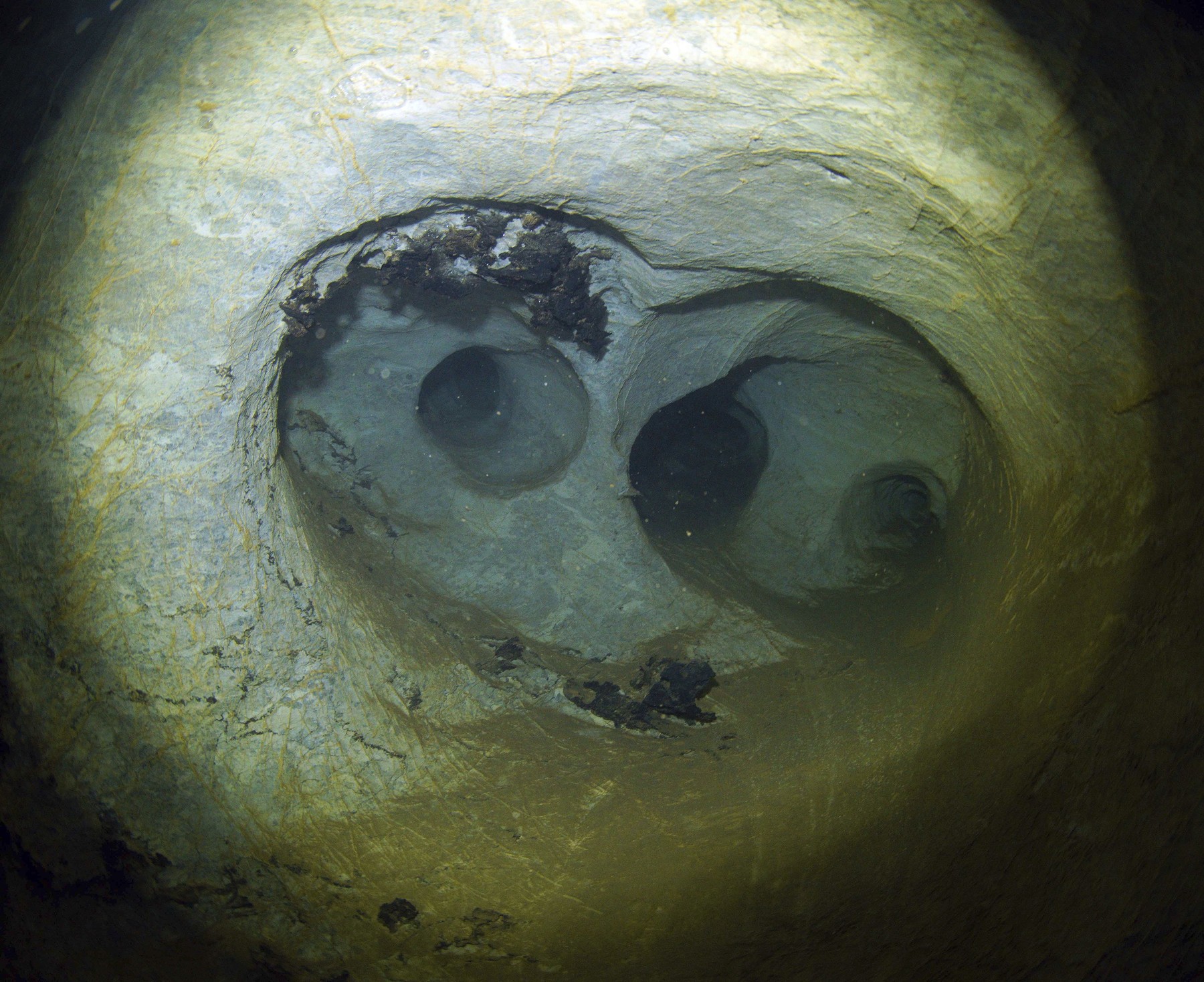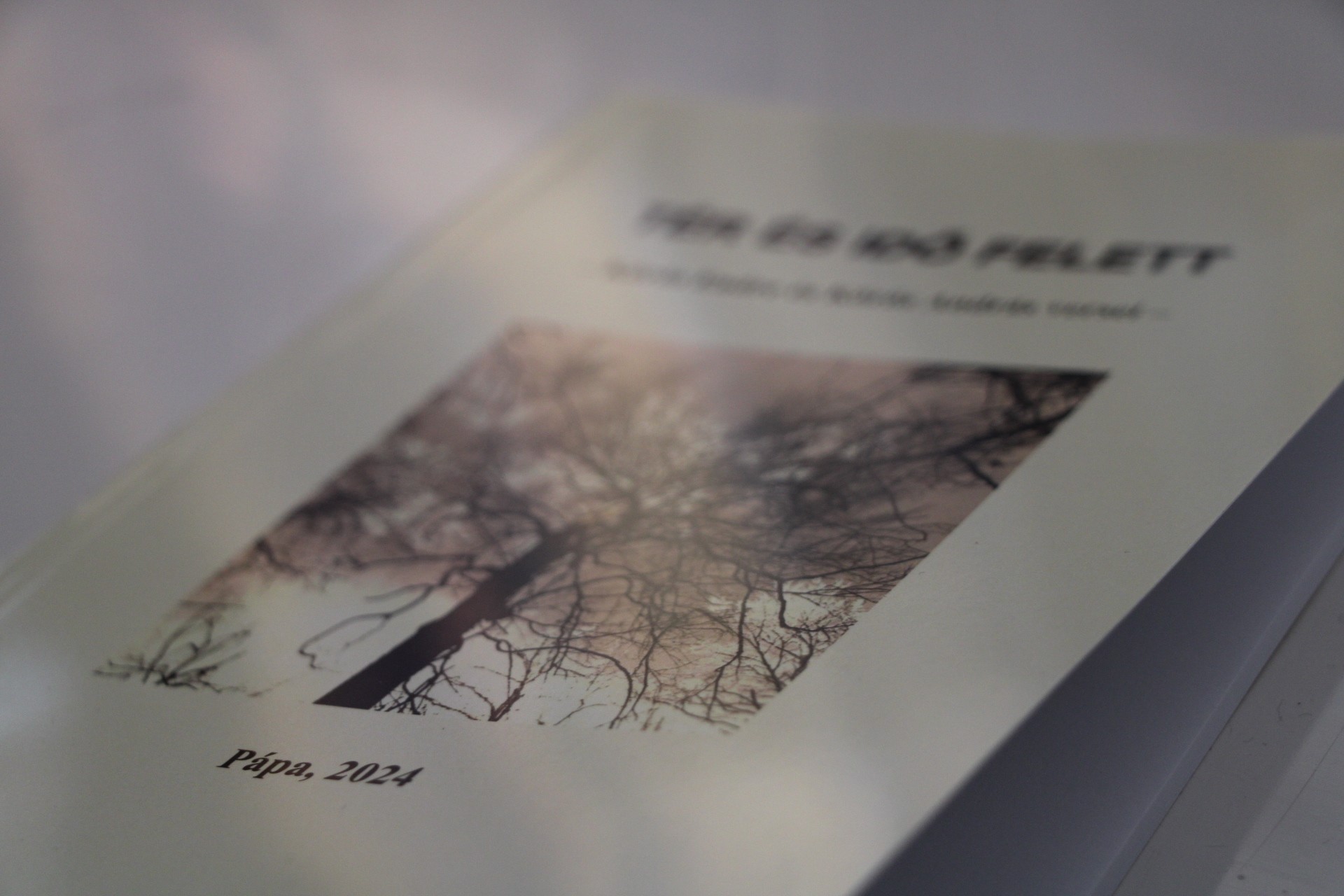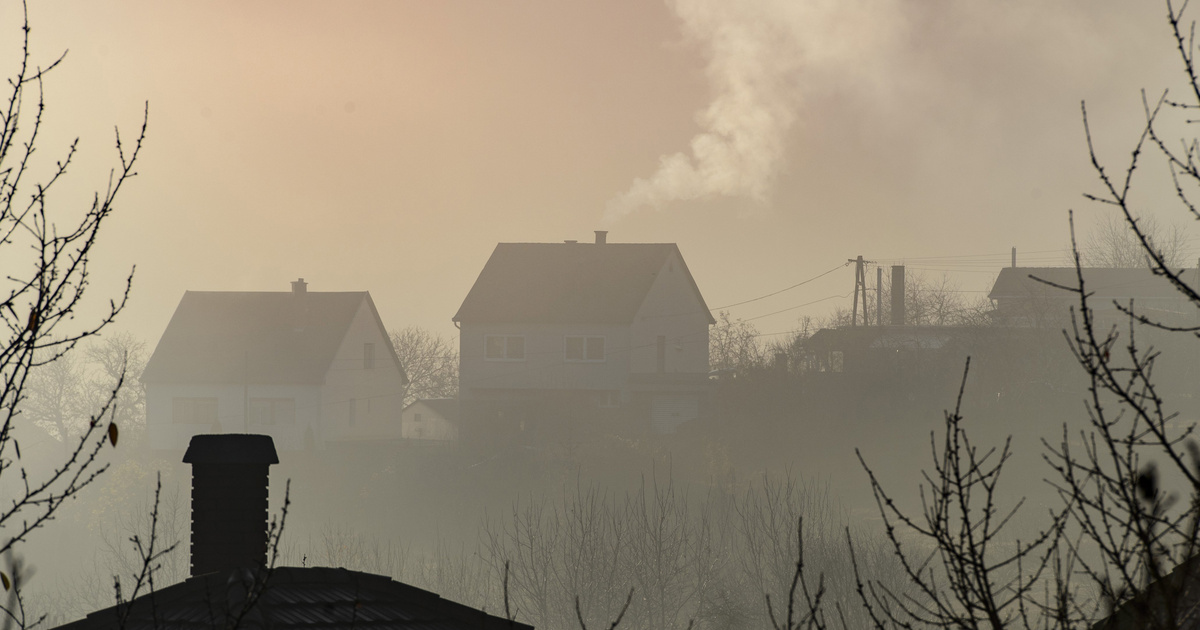It was also found that wood heaters in addition to outdoor air pollution tripled the level of harmful indoor pollution. Referring to the Guardian, MTI wrote that urban wood-burning stoves are responsible for nearly half of the inhalation of cancer-causing chemicals in the dust.
Polycyclic aromatic hydrocarbons (PAHs) are formed in fly ash during fuel combustion, and have long been known to be carcinogenic. The new study looked at the sources of these and found that more of these substances are released into the air from burning wood than from diesel or gasoline driving vehicles.
The study was conducted in the Greek capital of Athens, but the researchers stressed that their results were generally typical. Burning wood in the home is a major air quality problem in urban areas across Europe, and inhaling a lot of wood smoke can cause serious health damage.
“Athens is not an exception, it is the rule,” Ninest Athanasius, a researcher at the Greek Research and Technology Foundation, was quoted as saying. The researcher highlighted that their study suggests how to reduce risk with little effort – you just have to stop burning wood.
According to research published last year, the largest source of small particles of dust polluting the atmosphere is wood burning in homes, which pollutes the air three times more than road transport, despite the fact that only eight percent of the population is heated by wood.
Even new wood-burning stoves, which meet the highest standards, emit 750 times more harmful airborne dust pollution than a modern truck. Scientists say wood burning stoves also triple the level of indoor air pollution, so consumers should be aware of this on products.
In a new study published in Atmospheric Chemistry and Physics, Athens’ air was sampled every day for a year and analyzed for 31 PAHs and several other chemical markers. Each compound is associated with a different source of pollution and has been able to calculate the proportion of PAHs produced by each source. As it turns out, 31 percent of PAH pollution comes mainly from burning wood in winter, 33 percent from diesel and petroleum, and 29 percent from gasoline.
However, some PAHs are more carcinogenic than others, and if this is taken into account, the risk of cancer increased from wood burning to 43 percent, diesel and oil to 36 percent, and gasoline to 17 percent.
The researchers say that levels of PAHs contamination in Athens were of the same magnitude as previously found in studies in other cities in Europe and North America, while generally much higher levels have been reported in Chinese cities.
In the Athens study, the average annual concentration of PAHs was below the EU limits, but this is double the reference level published by the World Health Organization (WHO). According to the World Health Organization, PAHs in Athens can cause an additional 5 cancers per 100 thousand people.
Nins added: PAHs are not the only carcinogens in smoke, they also contain many other harmful compounds.
As explained by Gary Fuller, a non-researcher at Imperial College London, people tend to think that wood burning is harmless because wood is a natural thing. However, these measurements are a reminder that wood burning is not pollution free.
According to a study in Athens, PAHs carry air mainly on winter days with light winds and rain because wood smoke cannot disperse at that time. Introducing “no-burn days” during such periods could be a useful short-term measure, said Alison Tomlin, a researcher at the University of Leeds.
In Utrecht, the Netherlands, since the beginning of December, residents have been encouraged to replace wood-burning stoves and fireplaces with a subsidy of up to 2,000 euros (up to HUF 736,000).
(Cover Photo: Air Pollution in Athens. Photo: Roger Hutchings/Getty Images)










































